According to a representative of the Russian state arms import-export corporation (Rosoboronexport), different versions of the BMP-3 infantry fighting vehicle are being developed by the Russian defense industry in recent times.
This information was shared by Rosoboronexport on the sidelines of the Langkawi International Maritime and Aerospace Exhibition 2025 (LIMA 2025) held in Malaysia recently.
One version being developed by Russian defense technology is the fully automated combat robot variant of the BMP-3. This version is improved based on the practical experience of the BMP-3's operation in the Russian Army.
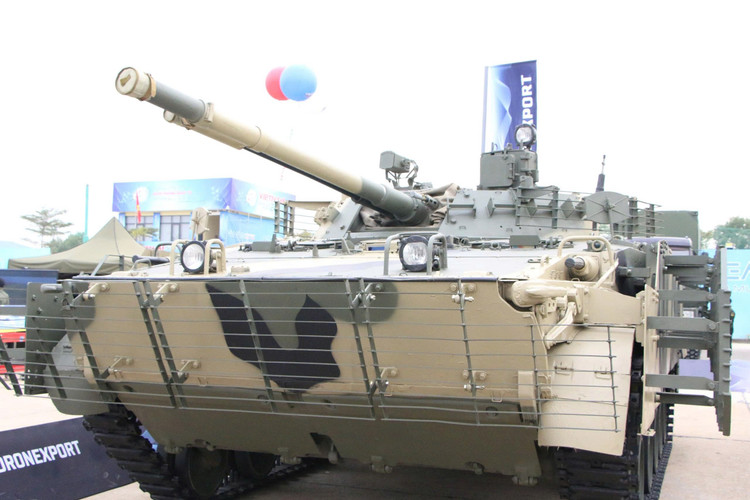
Automated infantry fighting vehicles
In 2024, Rostec CEO Sergey Chemezov said that by using the Sinitsa autonomous module, Russia had upgraded the BMP-3 infantry fighting vehicle into a remotely controlled robot.
Military expert Viktor Litovkin said that the robotic version of the BMP-3 promises impressive battlefield performance. The automated BMP-3 is not only a basic ground drone, but also a complex combat robot.
The BMP-3 infantry fighting vehicle is built on a tracked chassis, equipped with a 500-horsepower UTD-19 V-shaped engine. The BMP-3 combat robot can cross trenches up to 2.5 meters wide. Rostec previously predicted the robot's maximum speed to be 70 km/h. With a 700-liter fuel tank, the robot can travel a distance of 600 km before needing to refuel.
The main weapon system of the BMP-3 robot remains unchanged compared to the regular version with a 100mm main gun, 30mm secondary gun, 7.62mm machine gun, and omnidirectional camera. Notably, this device is capable of operating autonomously, creating 3D terrain using data from additional sensors. The robot is supported by AI to map routes and combine with mini surveillance drones for reconnaissance and mine clearance.
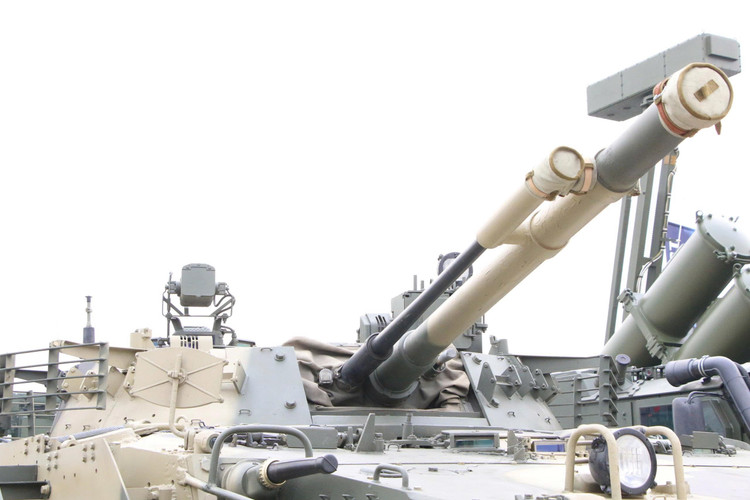
According to various sources, Russian military engineers have developed three remote-controlled BMP-3 models using the Sinitsa module with separate functions, including: UDAR UGV - unmanned infantry vehicle - equipped with a 2A42 automatic cannon, a 7.62mm PKMT machine gun and a Kornet-M ATGM; Vikhr UGV unmanned infantry vehicle has a smaller turret, equipped with a 2A72 automatic cannon, a 7.62mm PKMT coaxial machine gun, carrying six 9M133M Kornet-M guided anti-tank missiles; Prokhod-1 - unmanned mine-protected vehicle - with a TMT-C mine-protection net and a remote-controlled turret with a 12.7mm machine gun.
Rosoboronexport representative shared that, in addition to the combat robot version, other BMP-3 versions are also highly appreciated and suitable for the requirements of many of the company's partners, including customers in Southeast Asia.
BMP-3 versions for Southeast Asian market
In the Southeast Asian market, Rosoboronexport has a partner operating BMP-3 units, Indonesia, with the BMP-3F version for the marine infantry.
In addition, Russia also introduced another version of BMP-3, BMP-3ME, at the Vietnam Defence Expo 2024.
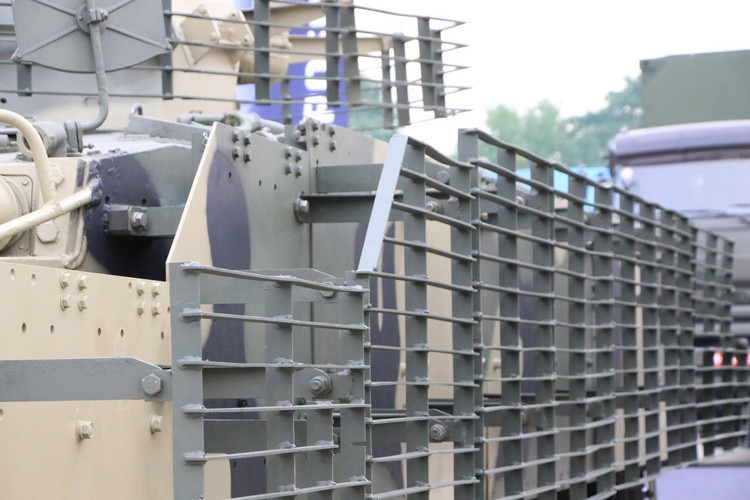
The firepower of the BMP-3ME version is equivalent to that of a main battle tank and is capable of suppressing enemy infantry or destroying fortified positions. The fire control system enhances the crew's ability to accurately cover the entire battlefield in real time. The observation system, including the optical-thermal imaging module, meets the combat capability regardless of day or night, in all weather conditions.
To meet modern combat requirements, the BMP-3ME is further reinforced with reinforced steel armor and steel cages to protect the vehicle from shoulder-fired anti-tank rounds and anti-tank missiles. The integration of the protection layer does not affect any of the vehicle's inherent technical and tactical features.
Source: https://khoahocdoisong.vn/nga-phat-trien-phien-ban-robot-chien-dau-bmp-3-post1545409.html



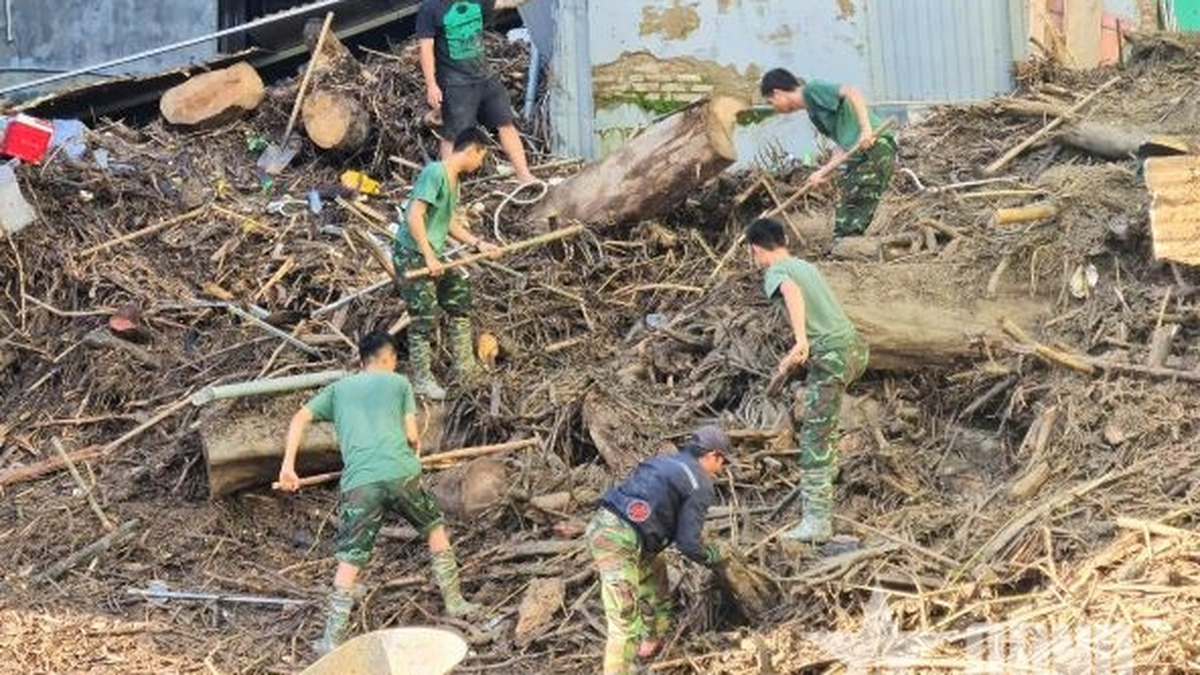
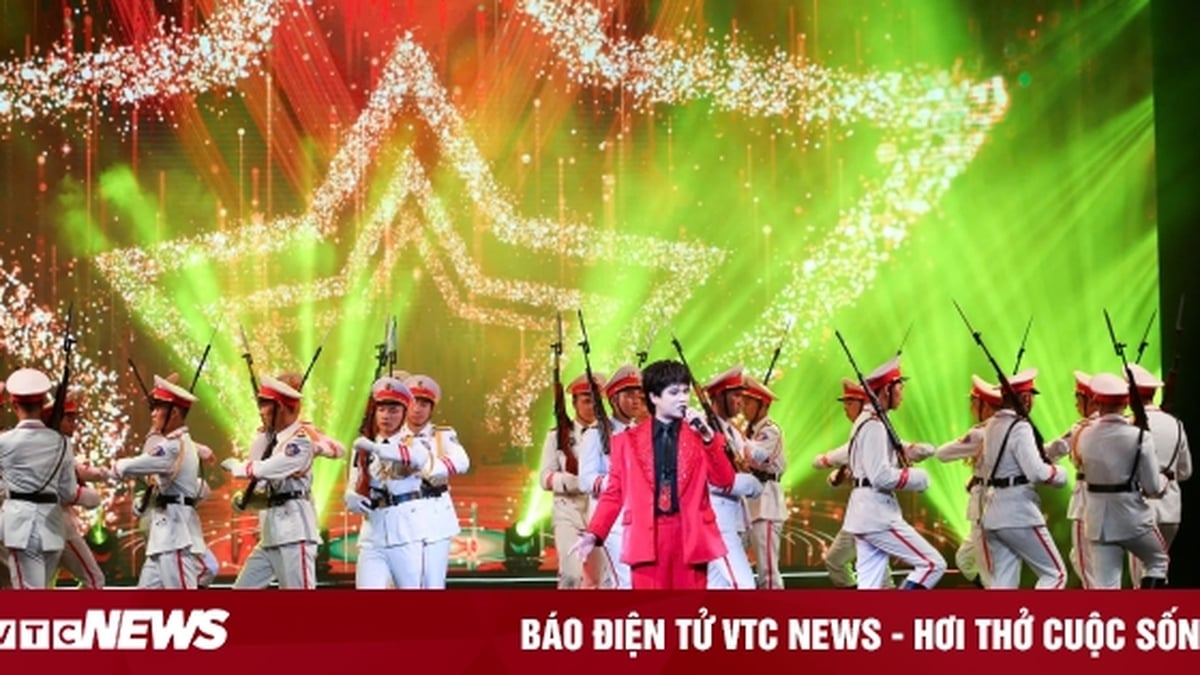

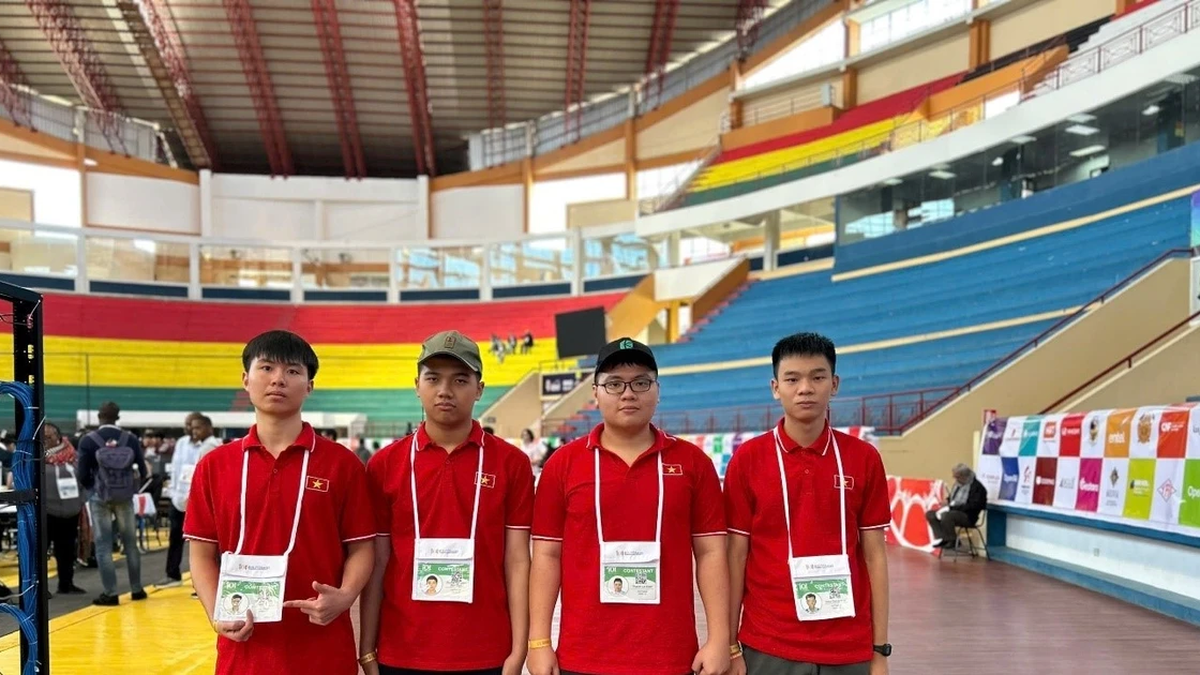



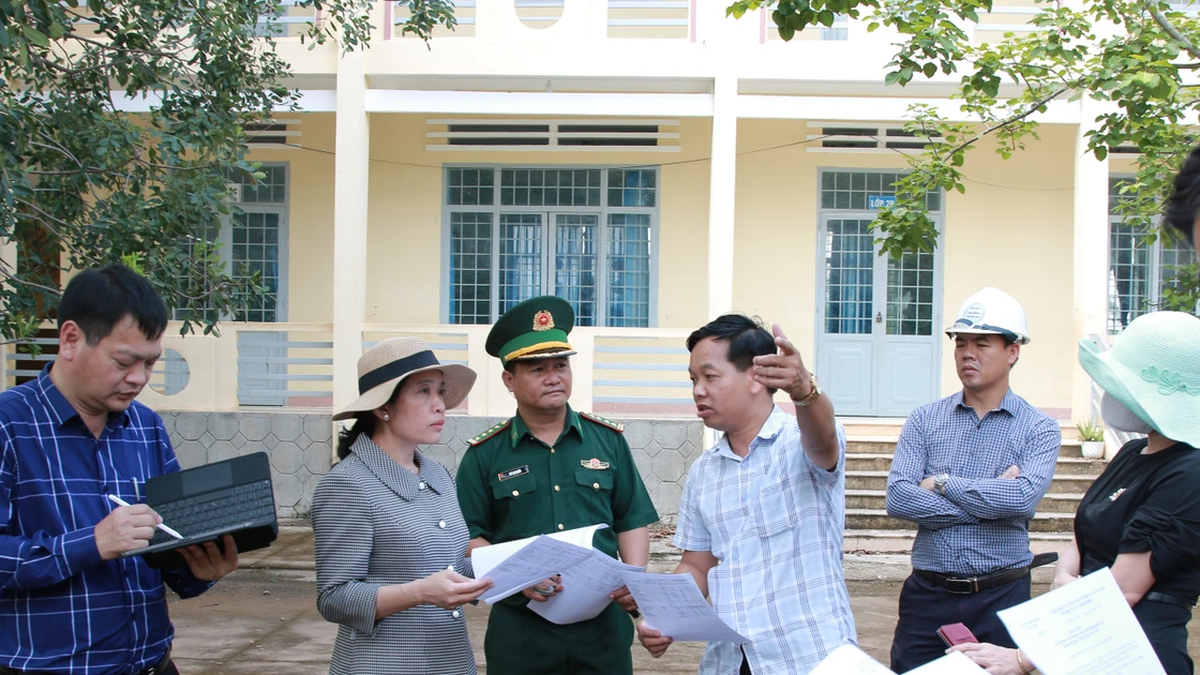
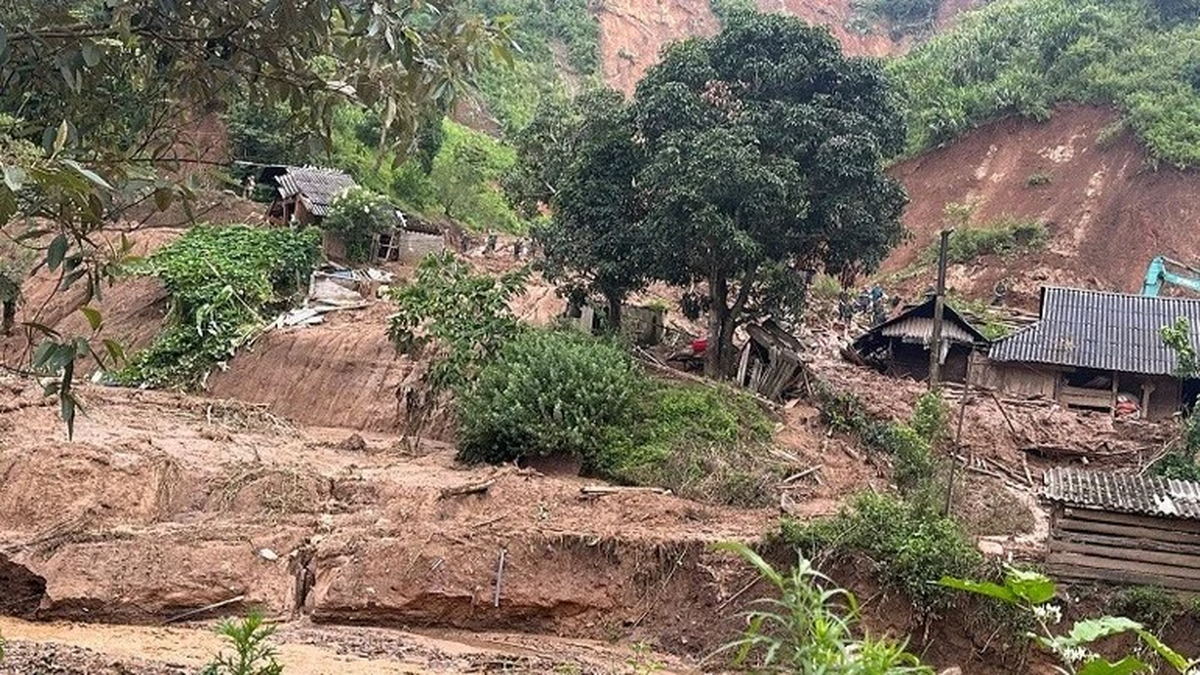





















































































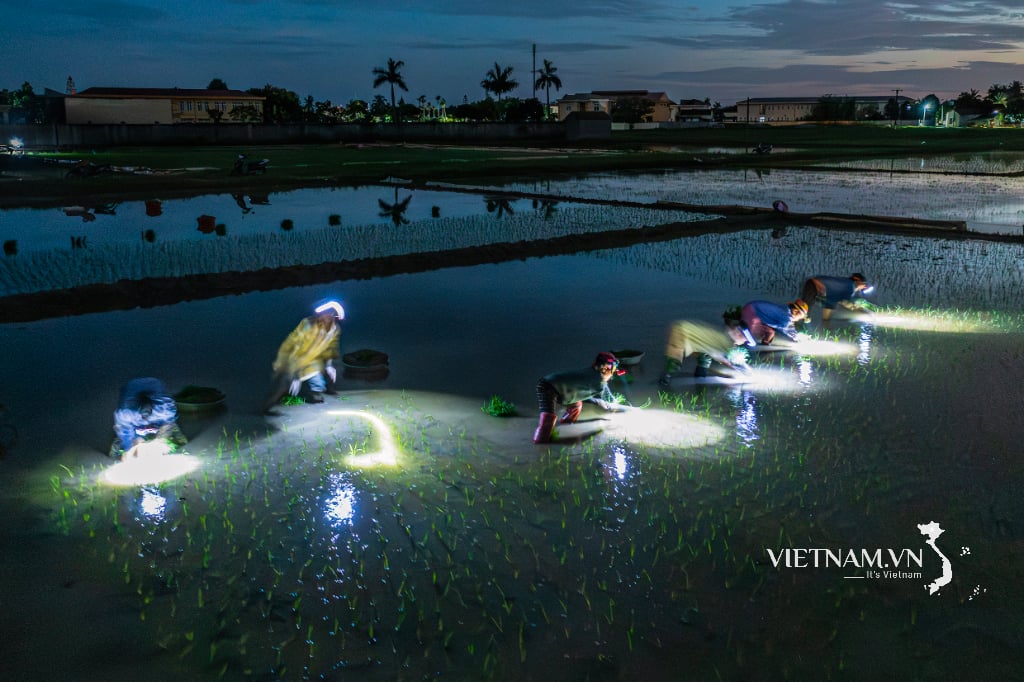

Comment (0)